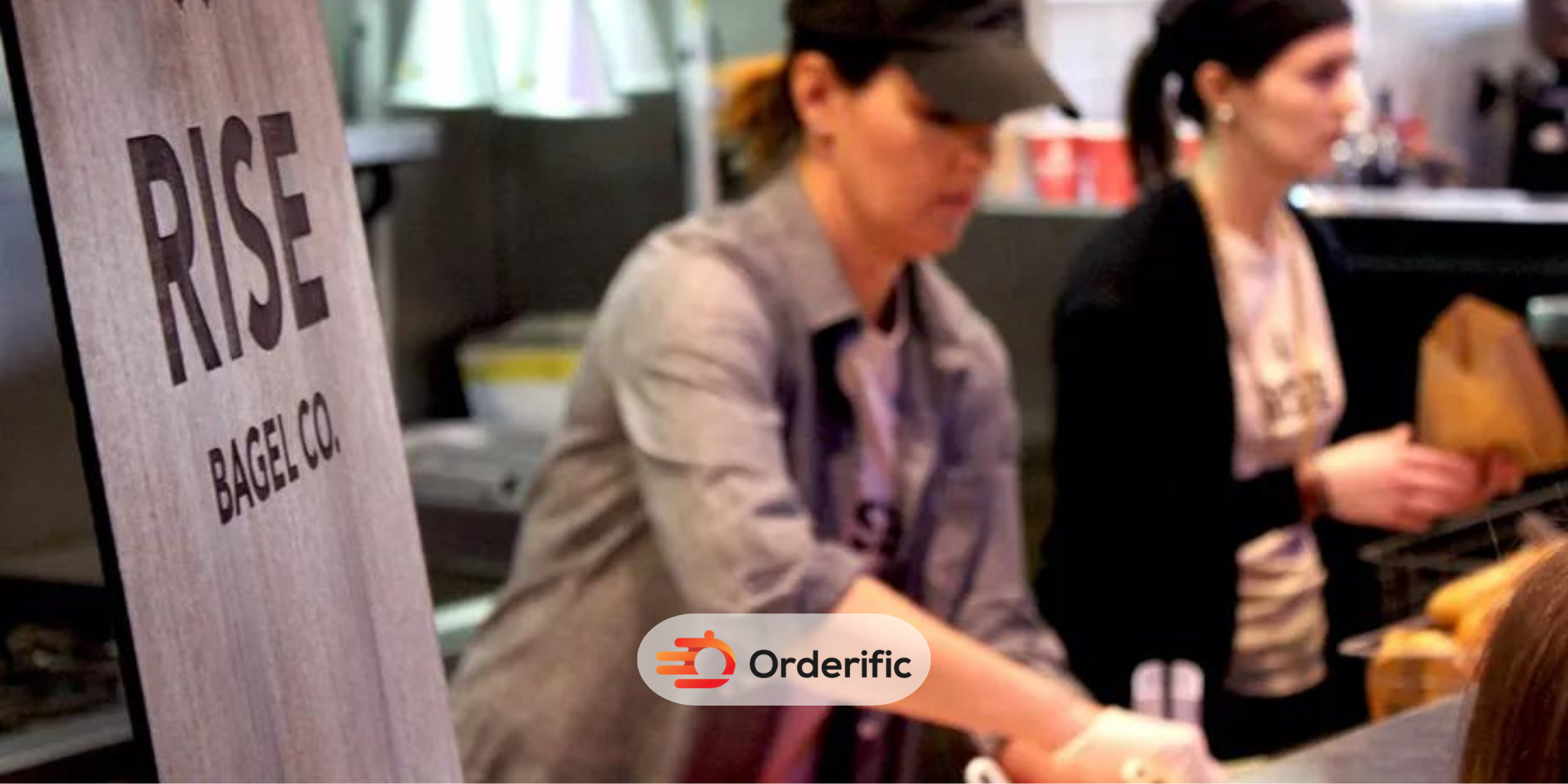Can anything epitomize the classic hustle and bustle quite like the renowned New York City? It stands tall as a metropolis emblematic of dreams and undeterred labor. However, the quality of life for the city’s countless inhabitants hinges on a significant aspect: the minimum wage.
But what exactly does the term “minimum wage NYC” imply for workers, employers, and the overall economy? This article extensively explores this crucial subject, uncovering captivating findings about the rate and consequences of the minimum wage in the Big Apple.
The Current Minimum Wage in NYC
Delving deeper into the heart of the issue, we will examine the current minimum wage in the bustling city of New York. At present, this rate reflects the city’s steadfast commitment to its workforce.
Before we explore the implications of this wage rate on various worker categories, let’s tackle an important question: “What is the current minimum wage in NYC?”
According to the most recent data provided by the New York State Department of Labor, the minimum wage in New York City is set at $15.00 per hour.
This rate extends universally to most employees in the city, breathing a sigh of relief into the lives of many amidst the energetic whirlwind of the Big Apple.
Different Nuances
Despite the wide range of application, it’s important to acknowledge the various nuances. Take, for example, the realm of fast food workers, where the dynamics are somewhat distinct. New York State law sets a higher wage for this group, considering the demands and stresses of the fast-food industry.
The Tipped Workers
Conversely, there exists a distinct category of workers with slightly more intricate wage computations – the tipped workforce. This encompasses individuals employed in the food service and delivery sectors, among others, who customarily receive gratuities as part of their job responsibilities.
In the case of these tipped employees, the minimum cash wage required by labor law in New York is lower than the standard minimum wage. Nonetheless, it’s worth highlighting that employers have an obligation to make up the difference if the combined value of tips and cash wage falls below the current minimum wage of $15.00 per hour.
Gig Workers
Another critical element to consider is the wage rate for gig workers, a rapidly growing segment in NYC. While their categorization as independent contractors rather than employees can sometimes muddy the waters of wage discussions, efforts are underway to ensure fair compensation for this category of workers too.
So, while the headline figure of $15.00 per hour holds for most, beneath the surface, there’s a dynamic landscape of wage rates playing out every day on the streets of New York City.
Implications for NYC Workers
Now that we’ve discussed the basics, let’s delve into the significance. As we examine the details of the minimum wage in NYC, it’s important to understand its impact on the daily lives of workers in the Big Apple. After all, their hard work and dedication are the driving force behind the city’s thriving economy.
The Pros and Cons of Raising the Minimum Wage
When the topic of minimum wage arises, it becomes crucial to weigh the pros and cons from different perspectives. Increasing the minimum wage has implications that can be viewed as beneficial for some and potentially detrimental for others. Let’s dissect these in the context of New York City:
Pros:
First, let’s unwrap the positives.
- A hike in the minimum wage could effectively pull many workers out of the clutches of poverty. This improved financial status enhances their purchasing power, a significant booster for the consumer-driven economy of NYC.
- It also tends to create a more motivated and productive workforce. After all, a fair wage for an hour’s labor is an excellent motivator for most!
- Moreover, wage increases can play a part in addressing the escalating cost of living, a glaring reality in urban landscapes such as NYC.
Government bodies such as the office of Gov Kathy Hochul and the New York State Department are aware of this urban reality. Hence, they advocate for adjustments in the minimum wage as a means to counteract these pressures on everyday New Yorkers.
Cons:
However, every coin has two sides. Now, let’s turn our attention to the possible drawbacks of increasing the minimum wage.
- Detractors frequently contend that it could lead to fewer job opportunities.
- This could compel some tiny business owners to tighten their belts by reducing their workforce, cutting back on hours, or delaying hiring.
Impact of Minimum Wage on NYC Workers’ Quality of Life
Now shifting our focus away from the advantages and disadvantages, let’s delve into the well-being of workers residing in the city:
- Elevating the minimum wage can significantly transform the way a worker lives their life. Having more income allows for better accessibility to fundamental needs like nourishment, medical care, and shelter.
- More income means enhanced access to necessities such as food, healthcare, and housing.
Take tipped employees, for instance. These are folks like food delivery workers or clerical workers whose income mainly depends on the whims of tips. Increasing the minimum wage could dramatically alter their financial standing, providing a safety buffer and reducing their reliance on the unpredictability of tips.
In essence, the minimum wage ripple effect on the quality of life of the hard-working folks in NYC impacts everything from their purchasing decisions to their sense of financial security.
Effects on NYC Businesses
Now that we’ve explored the effects of the minimum wage on workers, let’s shift our focus to the flip side of the coin. What does it mean for the businesses that keep NYC’s economy buzzing? The minimum wage paints a nuanced picture for New York City employers.
For starters, let’s consider the impact on businesses bottom lines.
Innovation Needed
A higher minimum wage invariably means increased labor costs. Large corporations with substantial profits can absorb these costs relatively easily. However, small businesses might face tough choices, particularly those operating on thin margins.
They may have to find innovative ways to balance their books—adjusting their business models, raising their prices, or finding other ways to offset the higher costs.
Hidden Benefits
Yet, despite these challenges, it could be a better forecast for businesses. A higher minimum wage could also offer some hidden benefits. Furthermore, it can result in improved employee retention rates.
When workers perceive fair compensation, they are less inclined to seek alternative employment opportunities. Consequently, this can effectively diminish expenses associated with recruiting and training new staff, which can be quite significant.
Moreover, the minimum wage increase could give a shot in the arm of consumer spending. Remember, workers are also consumers. With an increase in expendable income, individuals tend to be more inclined to invest, especially in neighborhood establishments. This has the potential to revitalize businesses and make a positive contribution to the local economy.
Company Reputation
Ultimately, offering a higher minimum wage has the potential to elevate a company’s standing as an equitable and sought-after employer. This, in turn, may draw in a pool of skilled individuals, thereby enhancing the overall caliber of the workforce.
Summing up, while the increase in minimum wage may come with certain obstacles for businesses, it also presents fresh prospects and prospective advantages. As echoed by the vibrant inhabitants of New York City, “The city tests our mettle, but we rise above!”
Similar to the resourcefulness of city dwellers, businesses always discover ways to adapt, innovate, and flourish amidst transformations. The adjustments to the minimum wage will likely be no different.
Minimum Wage and The Local Economy
An immediate effect of raising the minimum wage is an uptick in consumer spending. Individuals earning lower incomes tend to allocate a considerable portion of their earnings towards purchasing goods and services. With a boost in the minimum wage, they have more disposable income to spend, thereby driving up the demand for goods and services.
Consequently, this positively impacts local businesses and jumpstarts economic activity. It is important to note that this domino effect can potentially counterbalance anticipated job losses that skeptics of a higher minimum wage often express concern over.
Impact on City’s Tax Revenue
By the way, when wages are increased, it leads to a boost in tax revenue for the city. As workers earn higher incomes, their contributions towards taxes also increase. This extra revenue can then be directed towards public services and infrastructure projects, which in turn create more economic activity and enhance the overall living and working environment of the city.
Wage Increase and the Compression Effect
The rise in the minimum wage has the potential to trigger a phenomenon known as the “compression effect.” As the pay of the lowest-earning workers increases, it often sets off a chain reaction, boosting the wages of those earning slightly higher incomes.
This “ripple effect” has the power to enhance income distribution, addressing the issue of income inequality, which remains a significant challenge for urban economies.
A Note of Caution: The Risk of Inflation
It is crucial to bear in mind that the economy is a multifaceted and delicate system. Consequently, significant adjustments like raising the minimum wage necessitate prudent management to prevent unforeseen outcomes.
One of these potential consequences is inflation. Raising prices could trigger an inflationary spiral if businesses decide to pass on the increased labor costs to consumers. This emphasizes the need for a balanced and measured approach when dealing with minimum wage adjustments.
In summary, the minimum wage influences NYC’s local economy in multiple ways. It’s an economic tool that, when wielded judiciously, has the potential to improve workers’ lives and stimulate economic growth and reduce income disparities.
Staying Informed and Taking Action
When it comes to the minimum wage in New York City, understanding the ins and outs is just the first step. The next critical stage is to stay informed about changes and take action accordingly.
Keeping Up with Minimum Wage Changes
With the dynamic economic landscape in NYC, the minimum wage is not a static figure. Annual changes can be made in legislation, taking into account factors like inflation and living costs. Now, the question arises – how can you stay updated on these changes?
Well, one approach is to stay informed through reliable sources like the updates shared by the New York State Department of Labor. They provide valuable information about alterations in labor laws, including the minimum wage, through their website and public communications. News outlets and reliable employment websites are also good sources of information.
In addition, understanding the Fair Labor Standards Act (FLSA), a federal law establishing minimum wage, overtime pay, recordkeeping, and youth employment standards, can provide a broader context about your wage rights.
Taking Action
Being informed about the minimum wage also enables workers and employers to act appropriately.
For workers, knowledge of the minimum wage helps ensure they receive fair labor compensation. Suppose they believe their salaries need to be better than the mandated minimum. In that case, they can raise the issue with their employer or seek advice from a labor rights organization. In NYC, various organizations advocate for workers’ rights and can be valuable resources.
Employers must possess a thorough grasp of the minimum wage to ensure compliance with legal requirements. Failure to pay the prescribed minimum wage may lead to significant consequences, such as substantial fines and back pay obligations. Therefore, it is imperative for employers to stay well-informed regarding any alterations and promptly implement them to safeguard their best interests.
Furthermore, awareness of the minimum wage and its implications can spur advocacy. This could involve campaigning for wage increases or other labor rights, particularly for often overlooked groups like tipped workers, gig workers, and farm workers.
Conclusion
The impact of the minimum wage in New York City extends beyond numerical figures, shaping the lives of countless individuals and influencing the city’s economic landscape. Its ripple effects touch everyone, from the individual worker and employer to the entire economy.
While the positive and negative impacts are part of a broader economic conversation, one thing is clear: the dialogue around NYC’s minimum wage will continue, just like the city itself, ever-evolving.
In case you want more content like this, visit Orderific right now!
FAQs
What is the current minimum wage in New York City?
In 2023, the minimum wage in New York City is $15.00 per hour for most workers.
How often does the minimum wage in NYC change?
The minimum wage can change yearly based on legislation passed by the New York State government.
Are there different minimum wage rates for various industries in NYC?
The minimum wage for fast food workers tends to be higher compared to the wage calculation mechanism for tipped workers.
Does the cost of living in NYC affect the minimum wage?
Indeed, when evaluating increments in minimum wage, the consideration of living expenses serves as one of the crucial aspects to account for.
Are there any exemptions to the minimum wage requirement in NYC?
Some workers, like students in specific vocational programs and tipped workers, have different wage calculations.
How does NYC’s minimum wage compare to other cities in the United States?
New York City boasts a minimum wage that stands out as among the most competitive in the nation.













